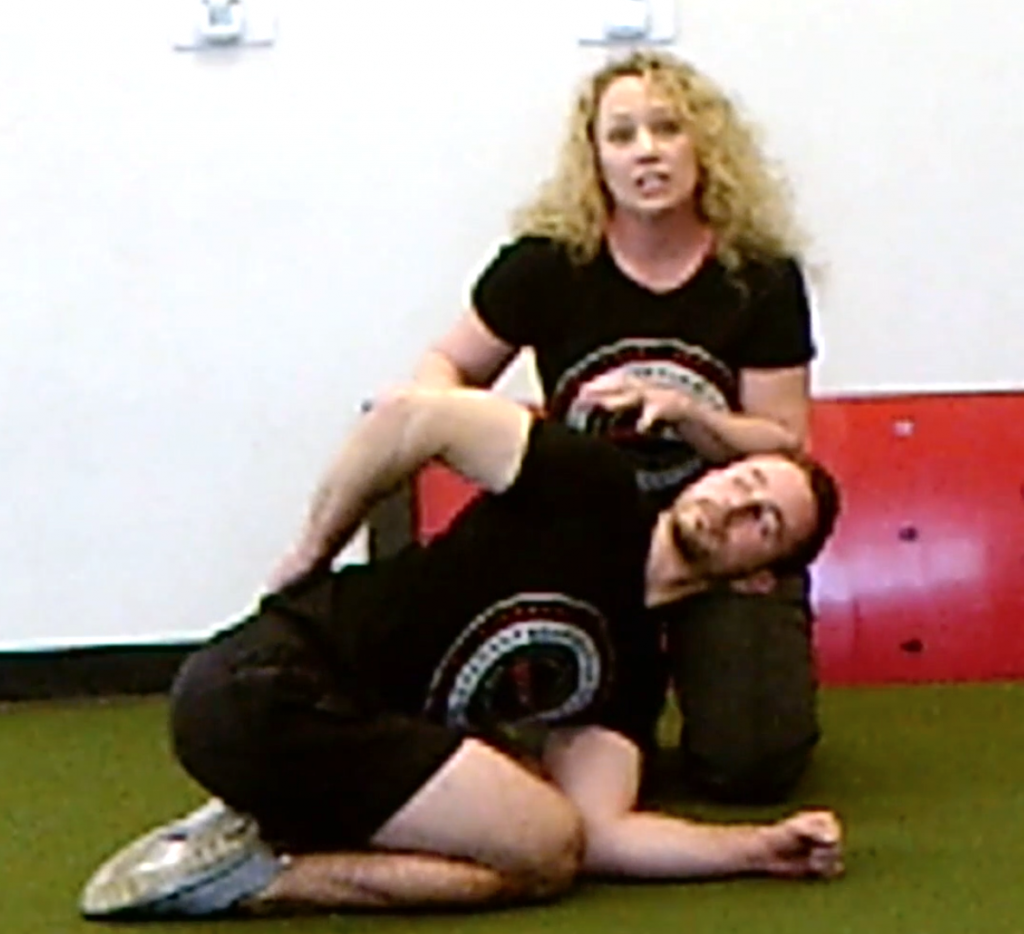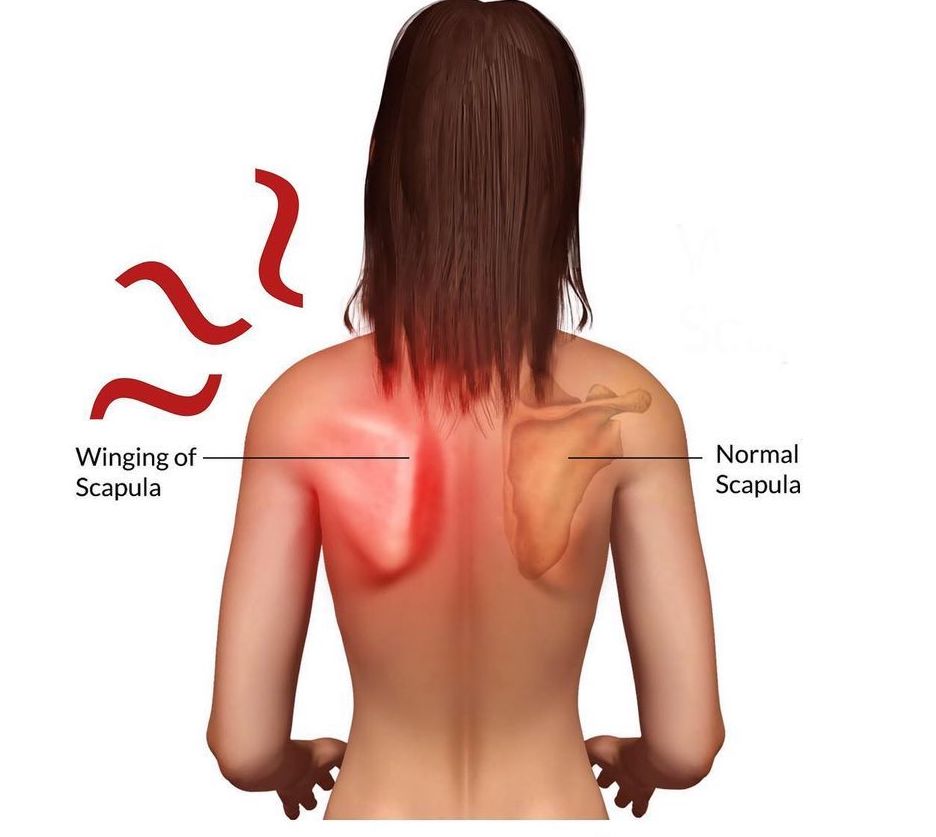Better Fitness Solutions For Winged Scapula
2023-02-15
Jessica Bento, Physical Therapist (Creator DVRT Restoration Certification, Knees Over Toes Course, DVRT Rx Shoulder, Knees, Pelvic Control, & Gait Courses)

Josh and I get a lot of ideas about what to write about from social media and this topic is yet another example of something we keep seeing over and over and over and over again. Winged scapulas.
For those that don’t know what I am talking about, it’s when your shoulder blade doesn’t quite move right, or sticks out instead of laying flat or moving fluid.

Now a true winged scapula, one where there tends to be pain and a lot of discomfort, is actually rare and is typically seen in individuals that have had some type of nerve damage to the nerve that innervates the serratus anterior muscle. I have seen this in the clinic a handful of times, such as with breast cancer patients that have had mastectomies and or reconstruction surgeries for an example as I worked a lot with that patient population.
Now, what you are seeing on social tends to be not that serious, you will see people posting videos of individual raises their arms over head and you see that one scapula moves different from the other and then they start to go into exercise to fix it, ones that isolate the area and focus on the scapula . This can lead to shoulder pain, decreased athletic performance and so forth but we aren’t really dealing with a nerve injury. It’s more of what we call scapular dyskinesis or basically the scapula moves weird and looks different from the other one.
Typically with these cases we aren’t looking at anything really major, what we are looking at is a disconnect in the kinetic chain, typically a core stability issue. There could also be some mobility issues going on in the spine as well but that also tends to come from a core stability issue.
When people look at JUST the scapula and shoulder it often says they are unfamiliar with how the body is connected and how movement is really created. This means we are often looking at the wrong place to solve the problem.
As you have read over and over here, we can use the concept of proximal stability for distal mobility. If we have a lack of core stability or proximal stability our distal extremities like our shoulders are not going to feel free to move as they should. Dysfunctional or painful movements tend to occur. A great explanation comes from a 2012 paper in the Sports Medicine and Arthroscopy Review Journal, “Weakness or tightness within proximal kinetic chain segments can create a dysfunctional scapula.”

You might be thinking, well let’s just focus on the muscle that controls the scapula…again that is thinking in a rather isolated manner, you have to ask yourself why is the serratus anterior not working as it should to control the scapula? Same reason I just gave…
On social media you will see all sorts of stuff targeting the scapula and the serratus but they never work alone. In my opinion if you try to isolate you are only causing more dysfunction by not teaching the body to move the way it was designed to.
View this post on Instagram
Inherently I ALWAYS get people saying, “ Well what I do has worked for me and I get results.” I hear this daily. Guess what? I got people better too when I was a young therapist and attacked things in an isolated manner. What do I get now? I get people better FASTER and functioning at a higher level than I did. Ultimately do you want the best prescription or one that will or may eventually get you to the goal? Below you will see how understanding the proper intent of the exercise changes the results we get. The bird dog below shows how engaging the ground with my hands and feet completely change the action of my scapula.
Don’t miss 50% on our great educational webinars that Jessica and Josh use to break down better shoulders, knees, glute training, mobility, and more! Just use code “webinar” HERE for this week only!
View this post on Instagram
© 2025 Ultimate Sandbag Training. Site by Jennifer Web Design.







